Meggs History of Graphic Design 6th Edition Redit
From time to time members of the Graphic Design History group and others have asked for a number of recommendations for books related to design history, theory and specific areas of graphic design. This is the first of a series of articles from educators, designers and archivists featuring book recommendations and resources.
Lisa Reynolds
Lisa is an educator, with years of experience in the classroom. She helps create the next generation of innovative, responsible creative professionals, and arms them with the rich history of the industry and an intellectual curiosity that will drive design into the future.
https://instagram.com/lisreyn
www.lisareynoldscreative.com
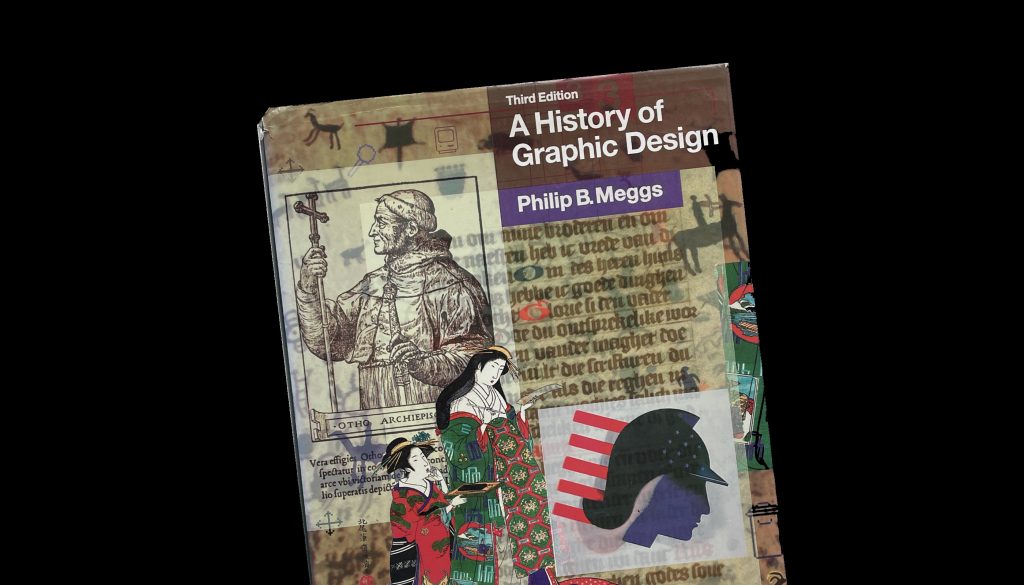
Meggs History of Graphic Design
Meggs History of Graphic Design – In addition to being one of the most comprehensive tomes as far as design history, the editors always manage to make connections between historical design work, and how that changed or impacted the practice of design. Design is a career-oriented field of study, and this book understands how important it is for students to see how their craft evolved.
Design Thinking, Beyond Brainstorming
Design Thinking, Beyond Brainstorming, Ellen Lupton – My university's bookstore keeps telling me this is out of print, but I keep assigning it and the students keep finding it, so I'll suppose I'll continue to use it as long as I'm able! This book is useful for literally ANY person who has to use critical thinking to solve problems. It breaks down creative problem solving (fancily packaged as "design thinking") in such a way that although the case studies are design-oriented, the content can easily be applied to a multitude of fields of study. I've adopted this text for multiple classes at several different levels, and often for classes that are populated with all types of majors. Its the perfect book to teach students how to take design beyond craft and into the realm of problem-solving.
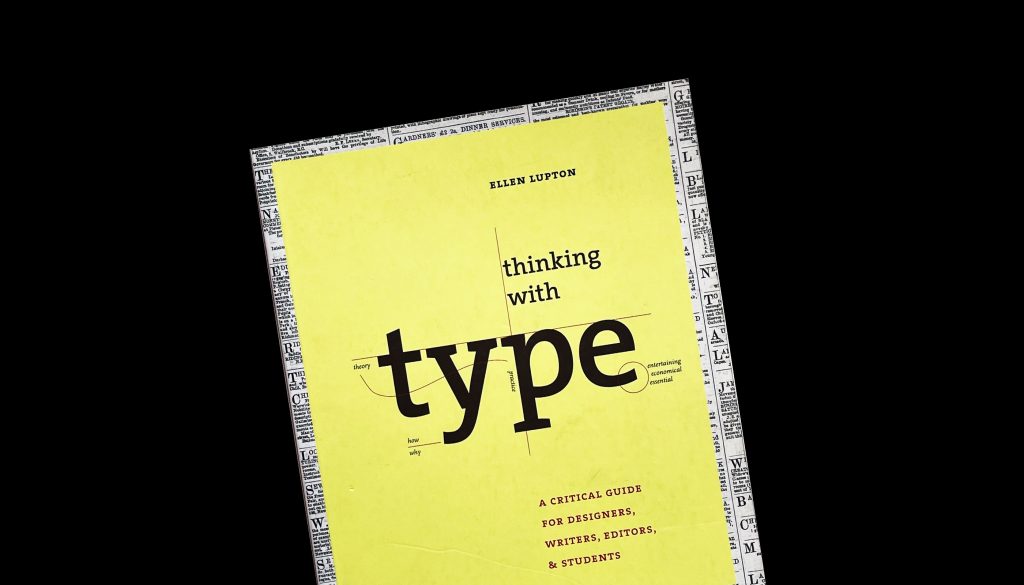
Thinking with Type, Elllen Lupton
Thinking with Type, Elllen Lupton – I never adopt a text for a course that I would want students to sell back at the end of the semester. Each book should be a valuable addition to their design library. This seminal classic is the perfect companion to any introductory typography class, as it comprehensively fills students in on the "nuts and bolts" of type. Type courses, my own included, get easily caught up in the creative aspects of type and letterform creation, that this content delivered in this particular book makes sure students understand origins, structure, and best practices in type basics. These are the rules you need to learn so that you are allowed to break them later.
Tony Pritchard
Tony has a philosophy (practice and teaching) relating to an understanding of the fundamental design principles such as visual language (colour, form, structure, composition, etc), typography and information design. He has
co-organised exhibitions such as Siegfred Odermatt's 100+3 Poster Exhibition at the University of the Arts London and was the former Course Leader PgCert and PgDip Design for Visual Communication at the London College of Communication.
https://www.instagram.com/tonypritchard_/
https://tonypritchard.wordpress.com
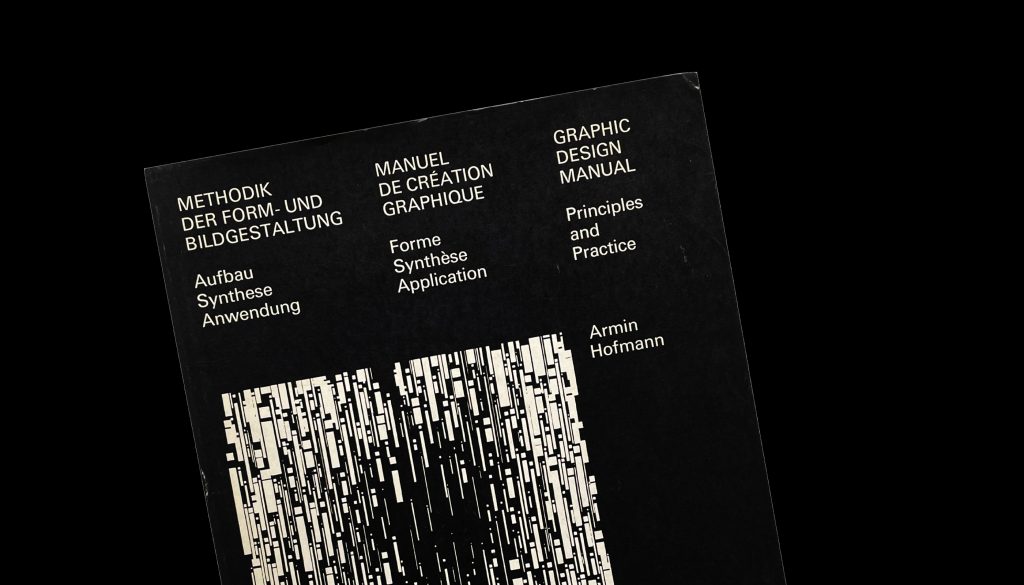
Graphic Design Manual, Armin Hofmann
This book begins with a visual analysis of the fundamental principles considering the dot and the line as starting points. The visual language exercises begin in the abstract and are later seen applied in practical ways. The book has informed my approach to my own practice and what I have taught. Understanding these founding principles enables you to build confidence when dealing with visual complexity. There are other books on this theme such as Christian Leborg, Kenneth Hiebert, Kimberley Elam and Ellen Lupton but for me Armin Hofmann was the starting point.
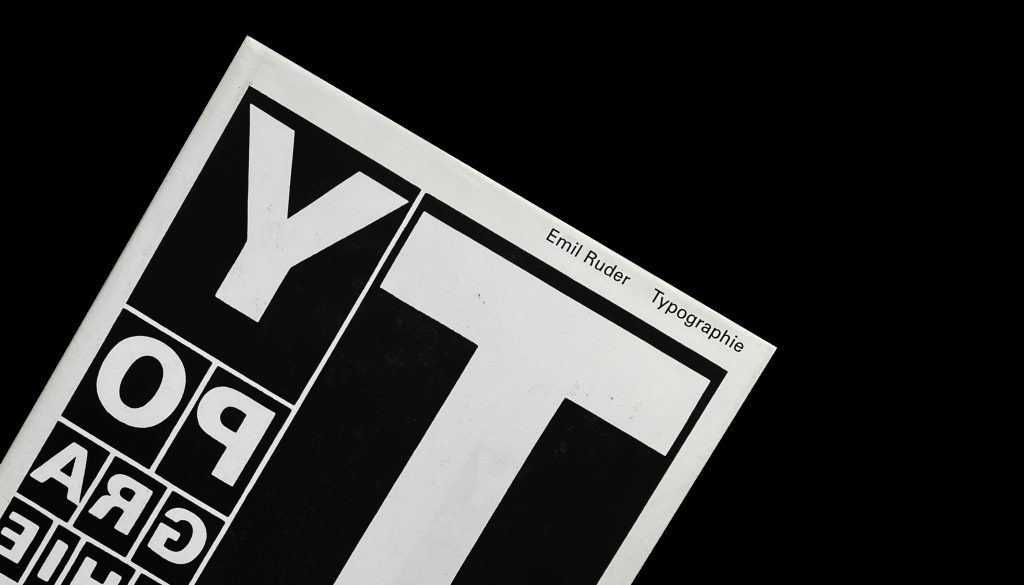
Typography, Emil Ruder
The influence on me of this book and where I think it is good as a starting point for students is in its demonstration of the power of typographic contrast. There is a dynamism within the simplicity of the compositions. The exercises show a progressive approach to typographic hierarchy considering position, weight and size. The notion that type has the power to both attract and inform comes alive in this publication.
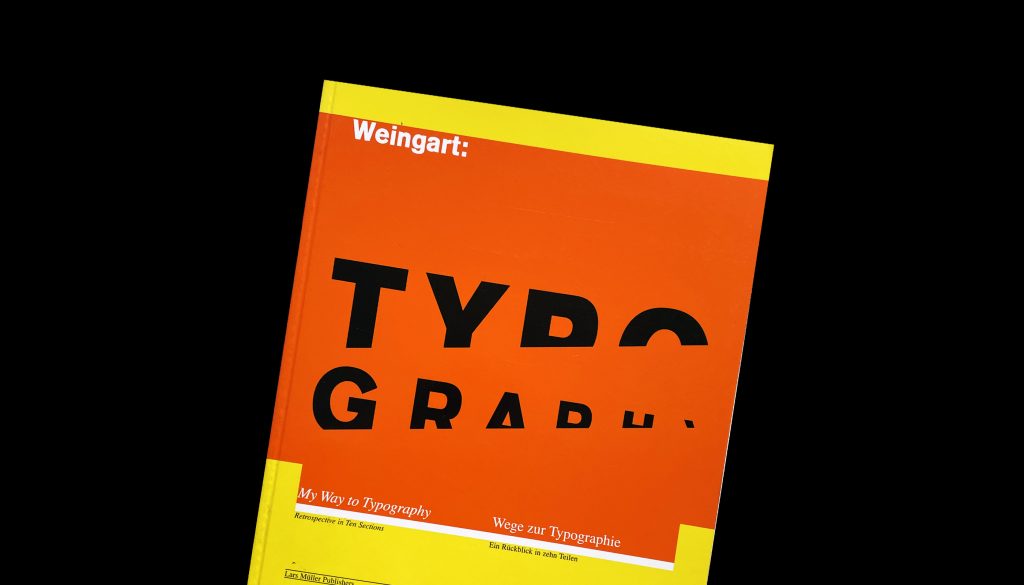
My Way to Typography, Wolfgang Weingart
Whilst Hofmann and Ruder consider the fundamentals of visual language and typography, Weingart takes these principles and through experimentation demonstrates an approach to expressive typography that was hugely influential on his students and beyond. When I saw the work of Weingart and his students in Typographic 12 from 1978 that was the moment I woke up to the power of typographic communication. It was something you felt rather than mechanically learnt. Students need to find their voice and position and I think this is one example that encourages students to do this.
Meggs History of Graphic Design 6th Edition Redit
Source: https://www.designreviewed.com/graphic-design-books-for-students-part-1/
0 Response to "Meggs History of Graphic Design 6th Edition Redit"
Post a Comment